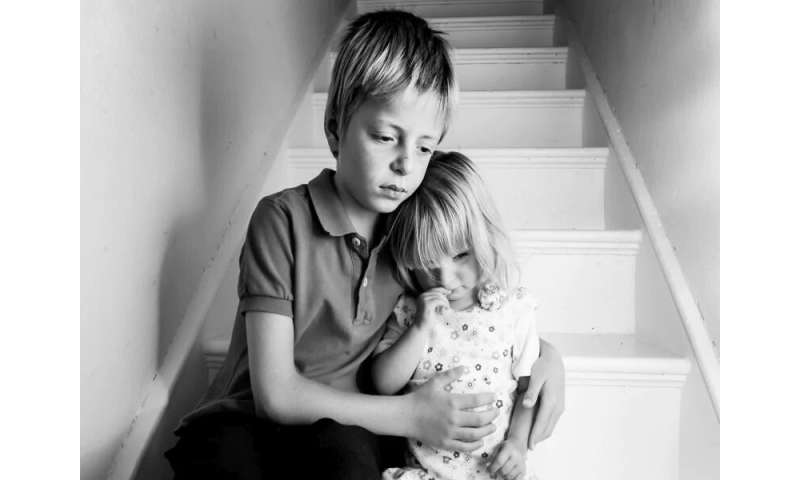
An adverse childhood family environment is associated with cardiovascular disease (CVD) incidence and all-cause mortality later in life, according to a study published in the May 5 issue of the Journal of the American Heart Association.
Jacob B. Pierce, from the Northwestern University Feinberg School of Medicine in Chicago, and colleagues used data from the Coronary Artery Risk Development in Young Adults Study (baseline 1985 to 1986 with follow-up through 2018) to determine how childhood psychosocial environment relates to CVD incidence and all-cause mortality in middle age. The analysis included 3,646 participants (47 percent black and 56 percent female) who completed the Childhood Family Environment (CFE) questionnaire at year 15 (2000 to 2001).
The researchers found that 198 participants developed CVD (17.9 per 10,000 person-years) during follow-up. For those in the high CFE adversity group, CVD incidence was >50 percent higher versus those in the low CFE adversity group. For participants who reported high and moderate CFE adversity, CVD hazard ratios were 1.40 (95 percent confidence interval [CI], 0.98 to 2.11) and 1.25 (95 percent CI, 0.89 to 1.75), respectively, in fully adjusted models compared with those reporting low CFE adversity. For all-cause mortality among those with high and moderate CFE adversity scores, the adjusted hazard ratios were 1.68 (95 percent CI, 1.17 to 2.41) and 1.55 (95 percent CI, 1.11 to 2.17), respectively.
Source: Read Full Article
